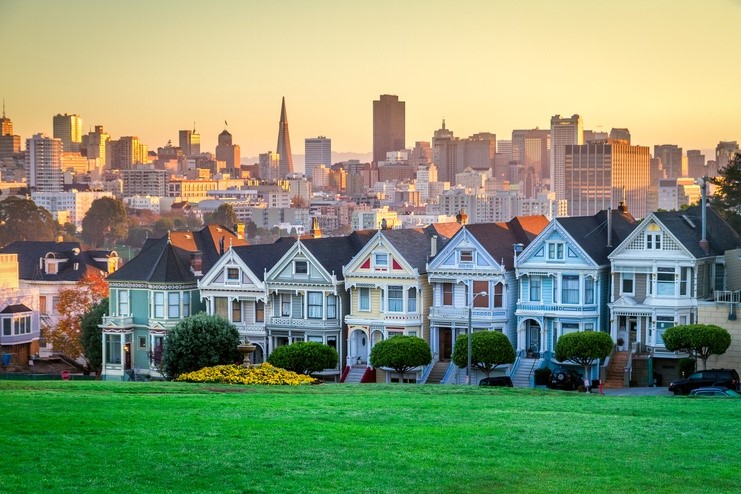
There are many ways the pandemic has affected the country. For one, it urged more people to move from urban locations to the suburbs and occupy larger homes with outdoor living spaces. Interest rates dropped to historic lows, making it easier for some to buy new homes – even if prices have skyrocketed because of the demand and multiple offers have become the norm.
In San Francisco, real estate trends reflect a shakeup in the market. Changes in the migration of residents from the urban center to outlying areas present opportunities to those who see – and seize – them.
- Look for opportunities within the city
- Save up for upfront housing costs
- Prepare a buffer for your offer
San Francisco real estate has been notoriously difficult to crack for first-time home buyers. Prices have always been high even when supply was adequate. In fact, $1,786,400 is the median price of single-family homes in San Francisco County – up 11% year to year, and 6.8% month to month.
As the pandemic hit, more people have been moving away from city centers to more suburban locations. That includes people who are part of the San Francisco Bay Area’s huge tech industry. Since their jobs are secure, their pay better than most, and they have the ability to work remotely, tech employees have had the option to move out of city apartments and into more spacious digs elsewhere.
What this means is that there may be more options within the city proper. There may be slightly more affordable home-buying opportunities in denser parts of town than those in the suburbs. It pays to explore, as even with the pandemic, San Francisco’s real estate market appreciated by 0.21% in the latest quarter of 2020. In other words, a home in San Francisco is worth the price of admission.
That includes the down payment. According to 2019 data from a National Realtors Association, down payments were typically around 12% of the asking price of a home – and went as low as 6% for first-time home buyers and as high as 16% for repeat buyers. For government-backed home loan programs, the figure was as low as 3.5%.
However, given today’s tight market (more buyers than available homes for sale), a down payment of 20% is ideal. In fact, 20% was the norm before lower down payment rates became a marketing come-on. Therefore, barring offers in cash, offering a 20% down payment gives you a competitive edge. It also means that you’ll get better terms on your mortgage and enable you to repay your loan faster, depending on the terms you choose. You could also build equity more quickly.
When it comes to closing costs, prepare between 3% to 6% of the home sales price. This includes title insurance, taxes, appraisals, and attorney’s fees. In 2019, the average closing costs in the US for a single-family home was $5,749.
Once you see a property you like and can afford, be prepared to offer more than the listing price. This is especially true for homes in in-demand locations. According to data on the Bay Area as of February 2021, buyers were willing to pay up to 4.3% more than the initial house price. With the unsold properties sitting at just 2.1 in terms of inventory index, serious buyers really need to think about padding their budget in order to win a bid. Of course, the house has to be worth every penny – which means answering your heart’s desire. A professional Realtor can help you narrow down your options and decide which one makes the most of your investment, in terms of your budget and circumstance.
When it comes to local real estate agents, trust in a professional with years of experience in the field. Work with a Realtor with an established firm like me, Amir Hardy, as you look for San Francisco homes for sale. Reach out by calling 415.602.0570 or emailing amir(dotted)hardy(at)compass(dotted)com.
